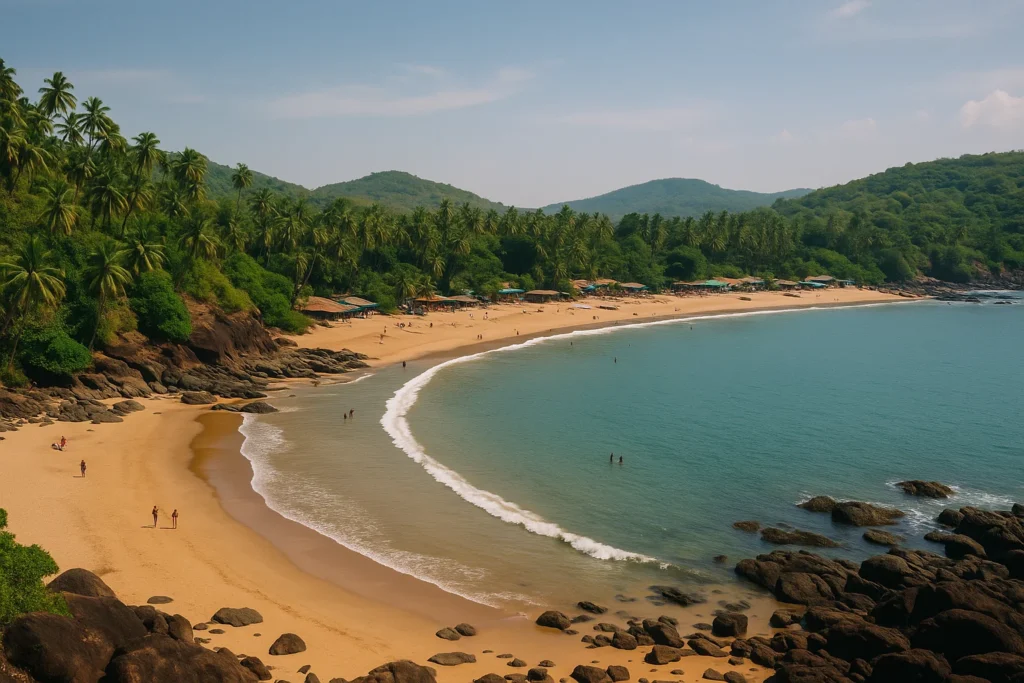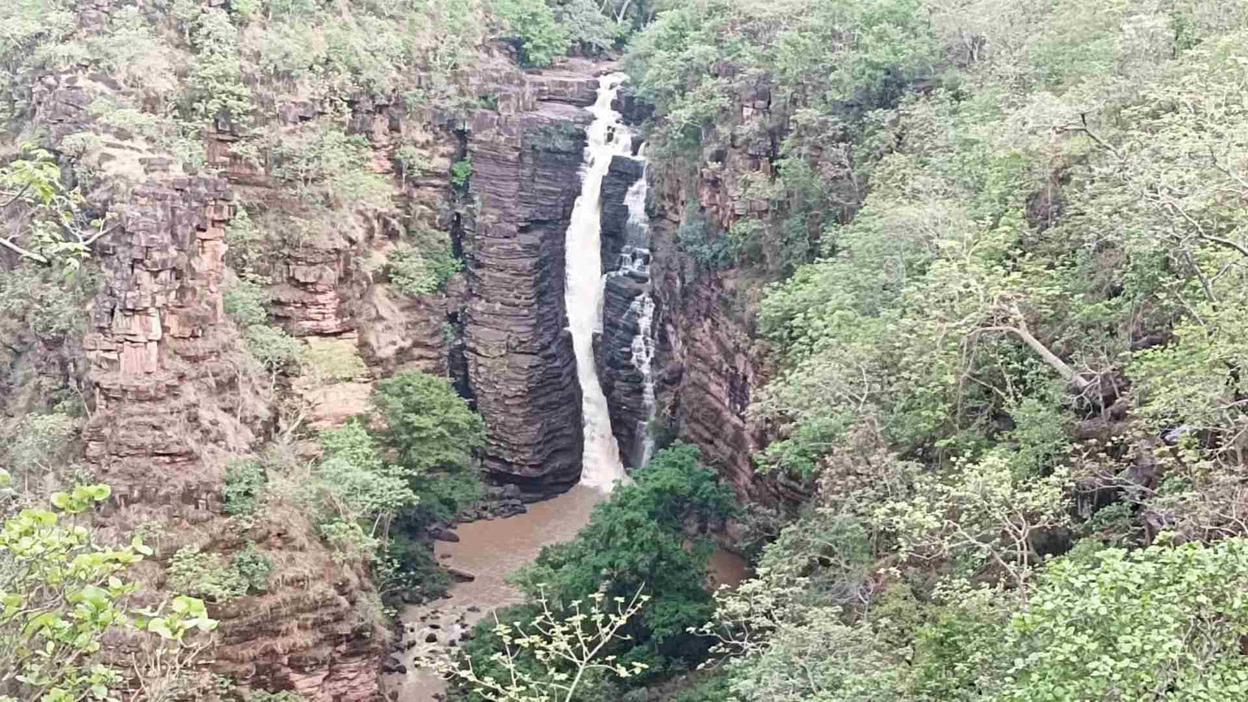
The Famous Beaches—Natural or Developed in Goa
Goa, India’s smallest state by area, is renowned worldwide for its stunning coastline, vibrant culture, and laid-back lifestyle. The state is synonymous with beaches, which are the primary attraction for both domestic and international tourists. Goa’s beaches vary widely—some retain their natural, pristine charm, while others have evolved into developed hubs with modern amenities, nightlife, and adventure activities. Together, they reflect the state’s unique blend of natural beauty and tourism-driven development.
Natural Beaches: Untouched Beauty
Goa’s natural beaches are perfect for those seeking tranquility, scenic landscapes, and unspoiled surroundings. These beaches are less crowded, with soft sand, swaying palm trees, and clear blue waters that create a perfect escape from urban life.
- Agonda Beach: Located in South Goa, Agonda Beach is famous for its serene environment. It is ideal for relaxation and long walks along the coastline, and it has been a nesting ground for Olive Ridley turtles. Its undeveloped nature makes it a peaceful retreat for tourists.
- Palolem Beach: Known for its crescent-shaped bay, Palolem offers a natural charm with minimal commercial establishments. While there are small shacks serving local cuisine, the area retains a sense of calm, making it popular among backpackers and honeymooners.
- Butterfly Beach: Accessible only by boat or trekking, this hidden gem offers a pristine, untouched environment. It is named for the butterflies that flock to the area, adding to its natural allure.
Natural beaches like these emphasize Goa’s ecological significance and appeal to travelers who prefer sustainable tourism and close-to-nature experiences.

Developed Beaches: Vibrant Tourism Hubs
On the other hand, Goa’s developed beaches cater to tourists looking for a mix of leisure, adventure, and nightlife. These beaches are equipped with modern amenities, restaurants, bars, water sports, and accommodation facilities.
- Baga Beach: Located in North Goa, Baga is famous for its lively nightlife, water sports, and beach shacks. Tourists can enjoy parasailing, jet skiing, and sunset cruises while also experiencing Goa’s party culture.
- Calangute Beach: Often called the “Queen of Beaches,” Calangute attracts thousands of visitors with its extensive commercial setup, local markets, and vibrant restaurants. It is ideal for families and those seeking organized beach experiences.
- Anjuna Beach: Known for its flea markets and trance parties, Anjuna combines scenic beauty with cultural and entertainment activities, making it a hotspot for young travelers.
Developed beaches contribute significantly to Goa’s economy, providing employment and supporting tourism-related businesses while offering a lively, social atmosphere.

The Balance Between Nature and Development
Goa’s tourism strategy has focused on balancing natural preservation with development. While North Goa features bustling beaches like Baga and Calangute, South Goa offers quieter, natural beaches like Agonda and Palolem. This diversity allows tourists to choose experiences based on their preferences—whether it’s adventure, party culture, or peaceful nature retreats.
Conclusion
Goa’s coastline is a perfect illustration of the duality of natural and developed beaches. Pristine beaches like Agonda and Butterfly reflect ecological beauty and tranquility, whereas Baga, Calangute, and Anjuna showcase modern amenities and vibrant tourism. Together, they define Goa’s identity as a destination that caters to every type of traveler. Whether one seeks solitude, adventure, or nightlife, Goa’s beaches remain a timeless attraction, highlighting the state’s ability to preserve natural charm while embracing tourism-driven development.



